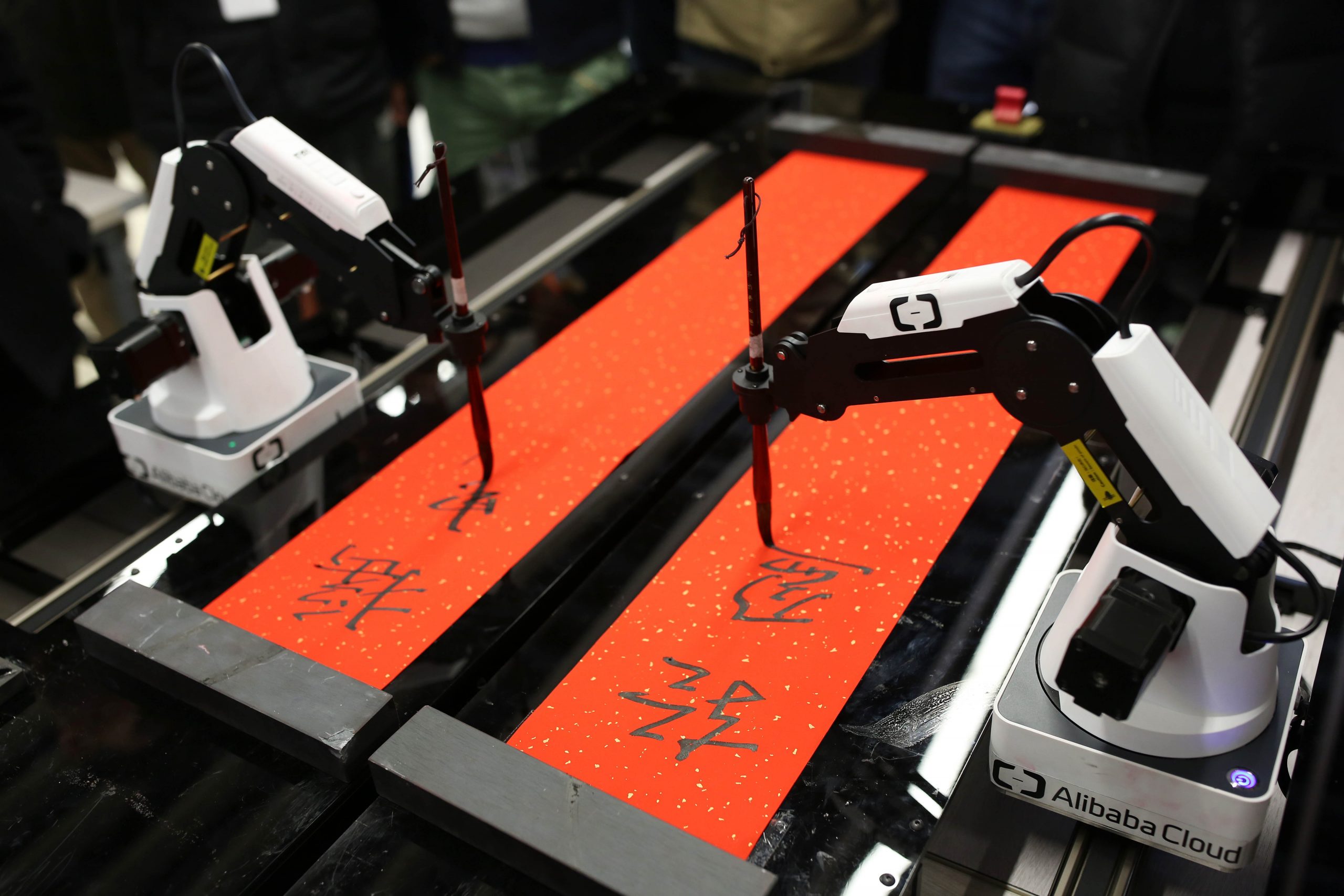
Enthusiasm for A.I. is everywhere, as are concerns about its impacts. Still, millions of people have gotten a taste for using generative A.I. to assist in writing and making art, and recent research is starting to sketch a picture of the technology’s potential effects on the landscape of creativity. The results are likely to add to both the enthusiasm and the concerns.
A paper in Science Advances by Anil Doshi, of the University College London, and Oliver Hauser, of the University of Exeter, looks at the question of whether A.I. boosts creativity. To measure this, they gave participants the assignment to write an 8-line “microfiction” suitable for a teenage and young adult audience, on any topic of their choosing. Some were allowed to use A.I. to generate ideas, others were not.
The results? A.I. assistance improved both the novelty and acceptability of the finished stories, according to judges.
But not for everyone equally. Doshi and Hauser gave their writers a test to measure how creative they were in advance. Those who scored high for creativity got similar marks on their stories from judges, whether they were in the A.I. or non-A.I. groups. It was those who scored low on the creativity test that saw big improvements. Indeed, the paper claims that “having access to generative A.I. effectively equalizes the evaluations of stories, removing any disadvantage or advantage based on the writers’ inherent creativity.”
There’s another important wrinkle: Doshi and Hauser also did an analysis of all the final microstories, creating a measure of how similar they were to one another. What they found is that while the average quality went up, using the A.I. assist also tended to make the stories more similar overall: “generative A.I. professionalizes the writing but reduces the variance in creative outputs.” Put differently, there was a better chance of solving creative problems, but less kinds of creative solutions.
The technology pushes towards monoculture. And as in agriculture, monoculture improves efficiency at the cost of diversity, with effects for the larger environment.
(You might wonder if the more creative writers also might use the A.I. in more creative ways, counteracting the flattening effect. I wrote to Doshi and Hauser to ask. “We might reasonably think that more creative writers’ stories were less similar to others’ stories, but we did not see sufficient evidence in the data to draw this conclusion,” Doshi replied.)
Many unanswered questions remain. The Science Advances paper specifically says that the same results might not hold for visual art, or for more involved written material. There are also unexplored threads. For instance, one of the areas that generative A.I. did not help boost at all was humor.
ChatGPT on a computer. Photo: Nicolas Maeterlinck/Belga MagAFP via Getty Images.
It’s worth noting that the overall results resonate with a working paper last year from the Harvard Business School.
Taking analysts from Boston Consulting Group as its subjects, the study claimed to show that A.I. assistance helped produce quality outputs in a “creative” task (specifically, brainstorming ideas for a niche footwear brand). However, much like the Science Advances study, the benefits were uneven. Below-average workers saw the most significant gains—further evidence of A.I.’s leveling effect. At the same time, when participants were assigned a task that was more involved and distinctive (specifically, giving strategic advice to a company, based on a variety of research), the A.I. actually led to more mistakes. Analysts leaned too heavily on the technology, failing to question its blind spots and missing key points.
Thus, while the Harvard Business School paper was enthusiastic about the potentials of Gen A.I., it struck a cautionary note:
The potential for diminished diversity of ideas stemming from A.I. usage could pose challenges for organizations… Outputs like grants or articles might indeed be of superior quality when A.I.-assisted. However, in a competitive landscape where many are leveraging A.I., outputs generated without A.I. assistance might stand out and achieve notable success due to their distinctiveness.
This seems already to be bearing out. This week, the Financial Times reported that applications to many job sites have doubled in volume, as candidates use A.I. writing to churn out C.V.s and applications—but that recruiters are now penalizing anything perceived to have the “bland” quality of generic A.I. writing.
In their paper, Doshi and Hauser predict a similar effect for the creative writing world:
While these results point to an increase in individual creativity, there is risk of losing collective novelty. In general equilibrium, an interesting question is whether the stories enhanced and inspired by A.I. will be able to create sufficient variation in the outputs they lead to. Specifically, if the publishing (and self-publishing) industry were to embrace more generative A.I.-inspired stories, our findings suggest that the produced stories would become less unique in aggregate and more similar to each other.
So, is it just a matter of being mindful of the technology’s strengths and weaknesses as a tool, or about keeping a “human in the loop?” My two cents is that a lot has to do with time pressure and economic incentives. As a tool for play or artistic exploration in a free environment, you can probably get very interesting things out of A.I. But when its use case is speeding-up and cheapening the cost of training workers, the homogenizing effects on creativity seem highly likely.